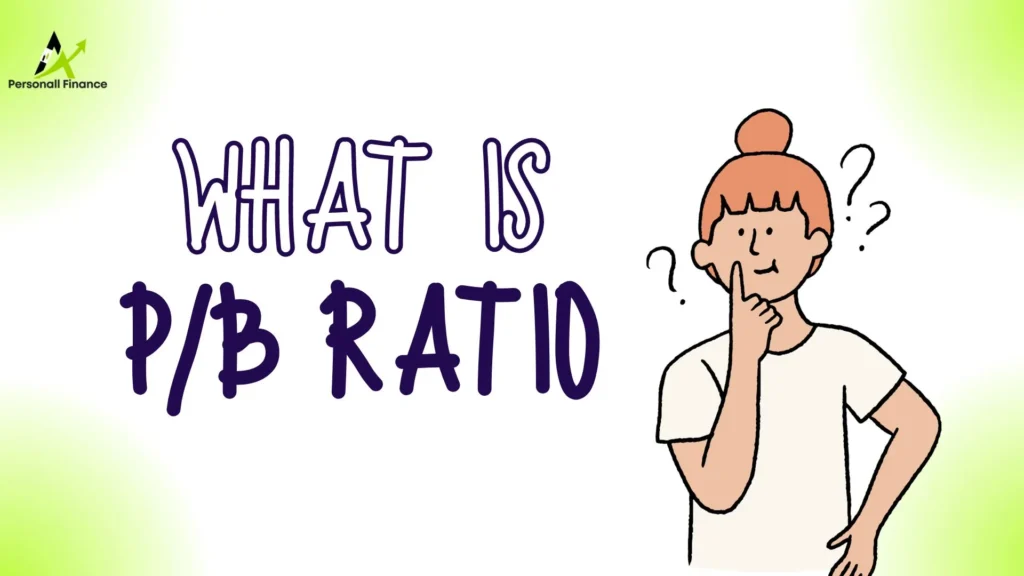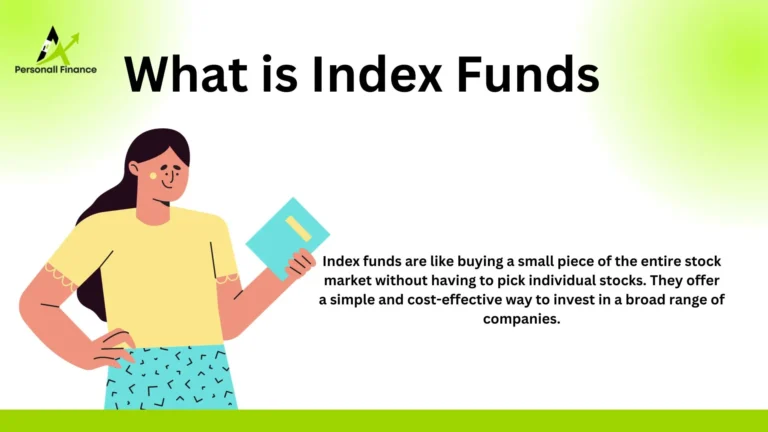Introduction
Stock market investment is a great way to steadily grow your financial resources. But how do you know if a stock is worth buying or not?
One useful tool for making this decision is the Price-to-Book (P/B) ratio. In this blog, we’ll explain what the P/B ratio is, how to calculate it, provide an example, discuss its benefits and drawbacks, and wrap up with a conclusion.

Table of Contents
ToggleWhat is PB ratio
The Price-to-Book (P/B) ratio is a financial metric that helps investors analyze if a stock is overvalued or undervalued. It’s a simple ratio that compares the market price of a company’s stock (its current trading price) to its book value per share.
P/B ratio formula
To calculate the P/B ratio, you’ll need two forms of information: the market price per share and the book value per share.
P/B Ratio Formula: P/B Ratio is calculated as Market Price / Book Value for each Share.
For example, let’s say you’re interested in Company XYZ. The market price of its stock is currently ₹50 per share, and the book value per share is ₹40. Using the formula:
P/B Ratio = ₹50 / $40 = 1.25
In this example, the P/B ratio for Company XYZ is 1.25
Benefits of P/B Ratio
1. Value Evaluation: The P/B ratio helps investors determine if a stock is trading at a discount (P/B < 1) or a premium (P/B > 1) compared to its book value. This can be valuable for value investors looking for undervalued opportunities.
2. Comparison Tool: Investors can use the P/B ratio to compare different companies within the same industry or sector. It provides a uniform method to evaluate relative valuations.
3. Historical Analysis: Tracking changes in a company’s P/B ratio over time can reveal trends in its valuation and potential investment opportunities.
Drawbacks of P/B Ratio
1. Limited Insight: The P/B ratio has limitations when used in isolation. It doesn’t consider a company’s future growth prospects or earnings potential, which are important factors in investment decisions.
2. Inconsistent Accounting: Book values can vary between companies due to differences in accounting methods. This makes direct comparisons challenging, especially across industries.
3. Not Suitable for All Industries: Some industries, like technology or biotech, may have intangible assets that are not well reflected in book value, making the P/B ratio less useful.
Conclusion
In conclusion, the Price-to-Book (P/B) ratio is a valuable tool for investors to assess a stock’s relative valuation. It can help identify potential bargains or overpriced stocks.
To make wise investment decisions, it should be combined with other financial indicators and qualitative research. Always remember that investing in the stock market carries risks, and thorough research is essential to minimize those risks and maximize potential rewards.
Frequently asked questions
The Price-to-Book (P/B) ratio compares a company’s stock price to the value of its assets minus liabilities. A P/B ratio less than 1 may suggest the stock is a potential bargain, while a ratio over 1 could mean it’s relatively expensive. It helps investors assess if a stock is priced reasonably compared to the company’s net assets.
A low P/B ratio implies that investors are paying less for each rupee of a company’s assets, which could signify undervaluation.
A P/B ratio of 1 suggests that the market values the company at its book value. Whether it’s good or not depends on the specific industry and company circumstances.
Yes, a negative P/B ratio occurs when a company’s liabilities exceed its assets, indicating financial distress.



